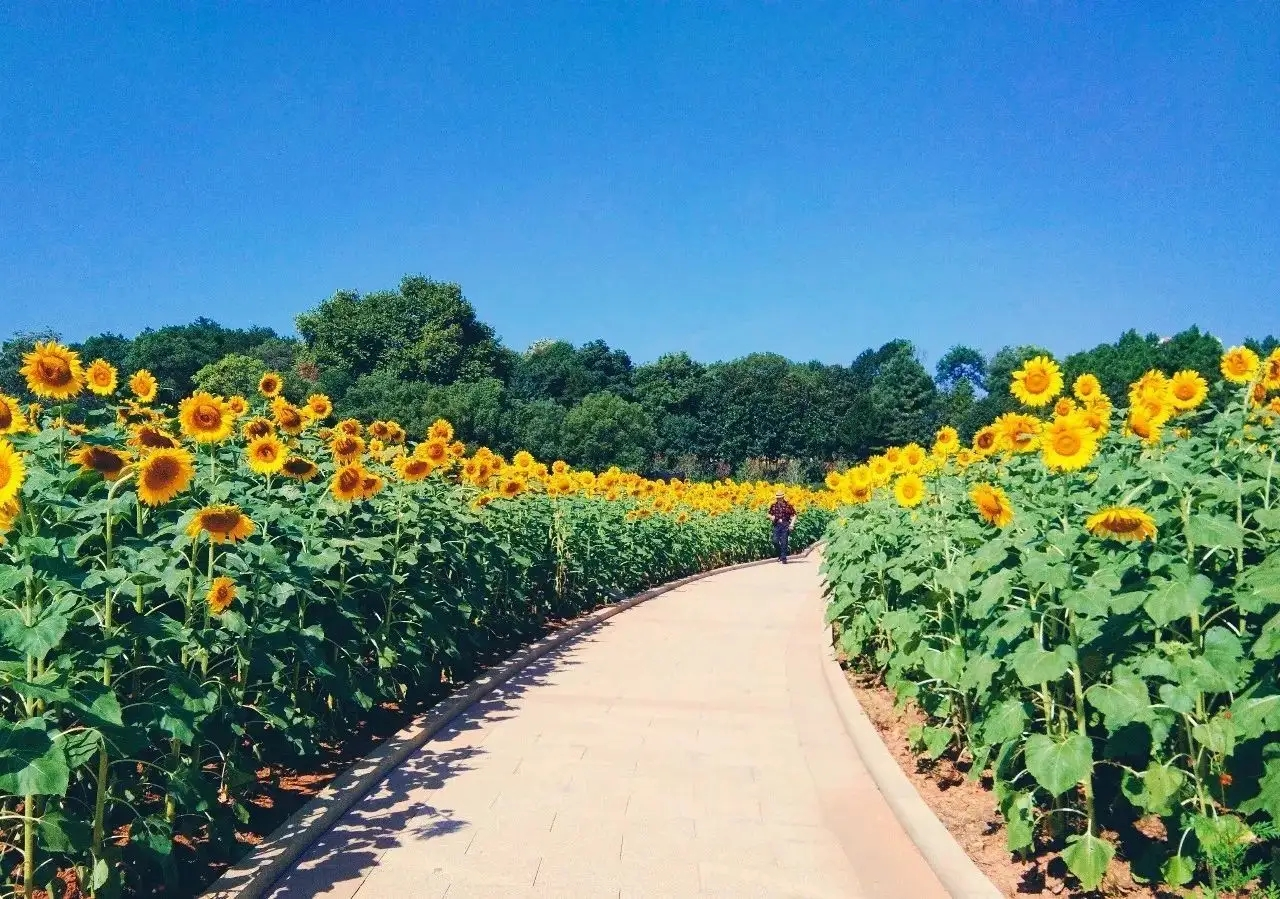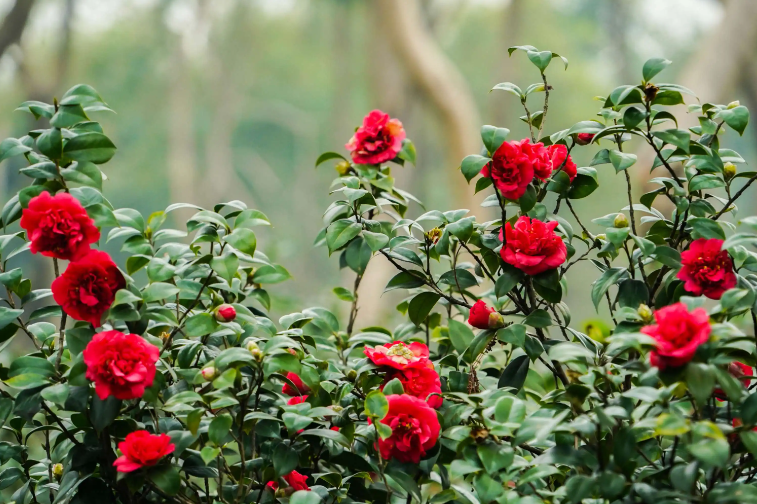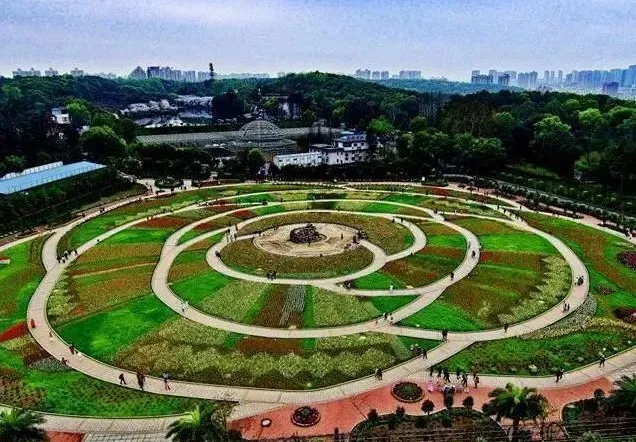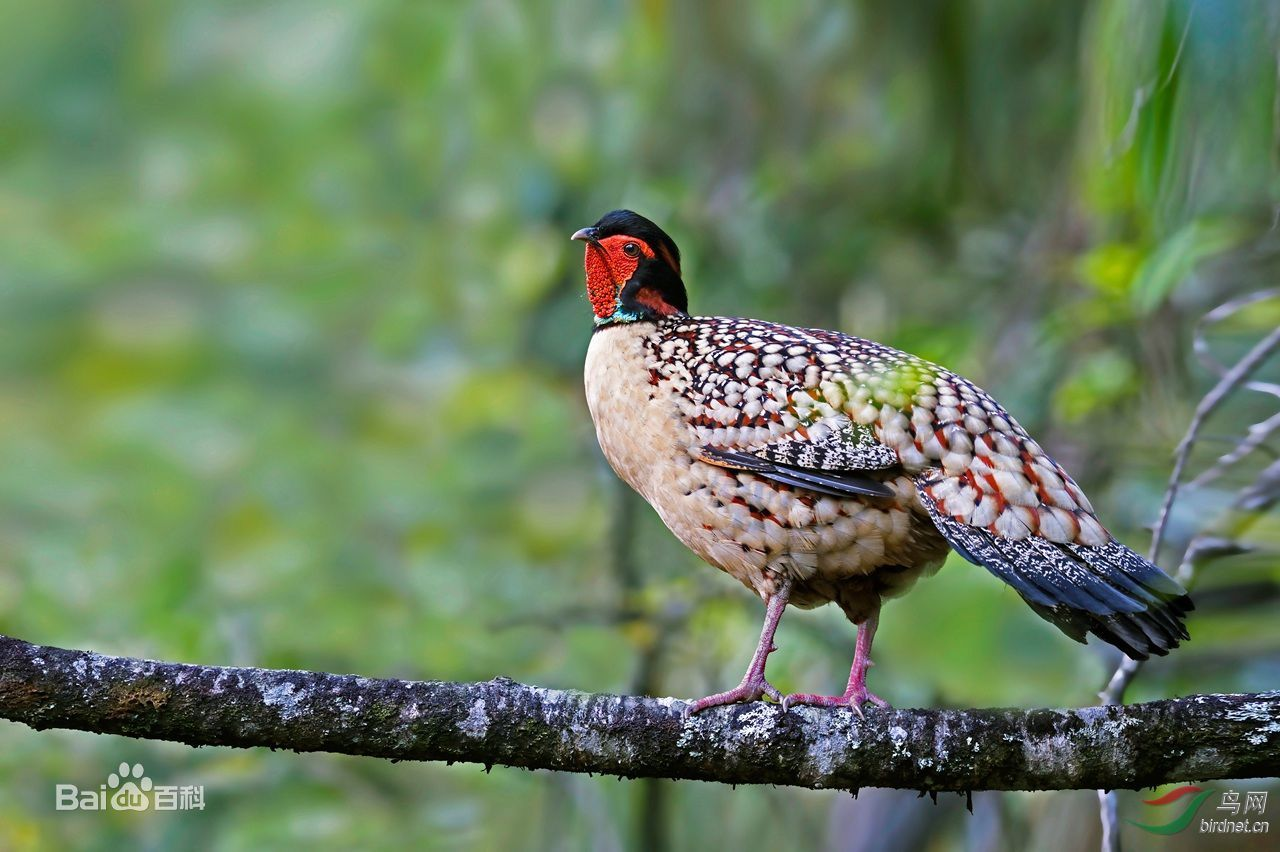Hunan Botanical Garden
2022-06-06
Hunan Botanical Garden is located in Yuhua District, Changsha City, Hunan Province. Founded in 1985, it is a comprehensive botanical garden integrating scientific research and production, science education, ecological tourism, sports and leisure, with a highlight being the characteristics of animals and plants.

With an area of 1,789.8 mu (about 119.32 hectares) and 90% of the forest coverage rate, Hunan Botanical Garden is home to more than 5,100 species of ex situ plants and 15 special botanical gardens such as cherry blossom garden, magnolia garden, shade plant garden, rhododendron garden, bamboo garden and so on. The garden has successfully preserved 178 species of rare and endangered ex situ plants and some first-class national key protected plants such as silver fir, laxus malrel, ginkgo and dove trees.

With eight provincial-level scientific research platforms, it held over 300 scientific research projects, won 53 provincial science and technology awards and 17 patents, published more than 300 academic papers and 32 industrial and local standards.







In recent years, Hunan Botanical Garden has successfully built the eco-tourism brand of “Hunan World-Famous Flower Eco-Culture Festival”. These season-themed activities attract more than 1 million visitors annually. On January 1, 2020, joint efforts have been made by both the province and the municipality in free admission to continuously improve the ecological environment and further practice the idea that ecology benefits all.
Meanwhile, various activities have been carried out to popularize science, such as Science and Technology Week, Biodiversity Day, Fascination of Plants Day, National Popular Science Day, Bird-loving Week, etc. The garden provides science education on animal and plants for more than 100,000 primary and secondary school students every year, to raise public awareness of eco-environmental conservation and disseminate knowledge.
Cherry Blossom Garden

The cherry blossom garden was built in 1987, covering an area of 200 mu (about 13.3 hectares). It has collected and displayed over 3,000 cherry blossoms trees of dozen varieties, among which 2,000 Yoshino cherry trees were donated by Shiga-ken of Japan in 1985 as a symbol of the friendship between the Chinese and Japanese people, and became the main ornamental species in the garden. When the cherry blossoms are in full bloom, the breathtaking scenery made up by the cherry blossoms along the lake attracts endless visitors. It is the best place to enjoy cherry blossoms in Hunan, even in China.
Azalea Garden

With an area of 450 mu (30 hectares), the azalea garden, established in 2008, has mainly collected and preserved azaleas of 300 varieties in 150 species with strong adaptability, high ornamental value and development and utilization value to build an internationally advanced platform for ex-situ conservation and genetic breeding of rare rhododendron plants in China. Up to now, 88 genera of 230 varieties have been introduced and preserved.
Magnolia Garden

Magnolia Garden, built in 1995, includes three scenic spots, namely the Sanxiang garden, magnoliaceae plant exhibition area and a gene bank for the conservation of magnolia genetic resources, covering an area of about 180 mu (12 hectares). It sets up four zones: manglietia zone, magnolia zone, banana shrub zone and comprehensive zone. A total of 7 genera of 82 varieties of magnolia have been collected and successfully preserved, including a number of excellent timber trees and ornamental trees.
Camellia Garden

With an area of 45 mu (3 hectares), the Camellia Garden, founded in 1992, sits by the Cherry Blossom Lake. It is home to many camellia genera and more than 30 camellia varieties, a total of about 700 trees. With green leaves and huge flowers, camellia is known as one of the top ten famous flowers in China for its brightness, elegance, beauty and auspiciousness. Camellias of various species bloom in different seasons from late autumn to the next early summer. Most of them bloom in spring but there are still some that flower in winter with extraordinary beauty.
Bamboo Garden

Built in 2008, the Bamboo Garden covers an area of 30 mu (2 hectares) and has 154 species of ornamental bamboo. Bamboos like mottled bamboo and green bamboo are especially favored by visitors. As the small streams run through the whole garden, bamboo pavilions, bamboo corridors and others stand on green hills and along clear water.
World-famous Flower Garden

The garden has displayed hundreds of world-famous flowers, covering an area of 75 mu (5 hectares). The initial construction of the peony park has been completed. The park, known as the southernmost park for ornamental peonies in China, now boasts 42 varieties of ornamental peonies in 9 colors, a total of 4,000 plants, with an area of 6 mu (0.4 hectare). There are some rare yellow peonies like Jingge peony and Yaohuang peony in the park. Other parks will show world-famous flowers according to their flowering seasons and growth characteristics such as tulips, hyacinths and other bulb flowers in spring, lotus in summer, sunflowers in autumn, and other in-season flowers or plants. The garden is rated as one of the most beautiful exhibition areas for famous flowers in China, displaying more than 1,000 flowers and nearly 3 million plants every year.
Rare animals and plants:
Dove trees

Cabot’s Tragopan



